Saffron Spice Flavor: The Golden Secret Behind the World's Most Luxurious Seasoning
Table of Contents
- Introduction to Saffron Spice Flavor
- Origins and History of Saffron
- What Does Saffron Taste Like?
- Culinary Uses of Saffron Spice Flavor
- Buying Guide: How to Choose the Best Saffron
- Storing Saffron for Maximum Flavor
- Top 10 Tips for Using Saffron in Cooking
- Frequently Asked Questions About Saffron
- Conclusion: Unlocking the Magic of Saffron Spice Flavor
Introduction to Saffron Spice Flavor
There are spices, and then there’s saffron — a culinary gem so rare and precious that it’s often called “red gold.” Derived from the delicate stigma of the Crocus sativus flower, saffron is prized not only for its vibrant color but also for its complex, nuanced flavor profile.
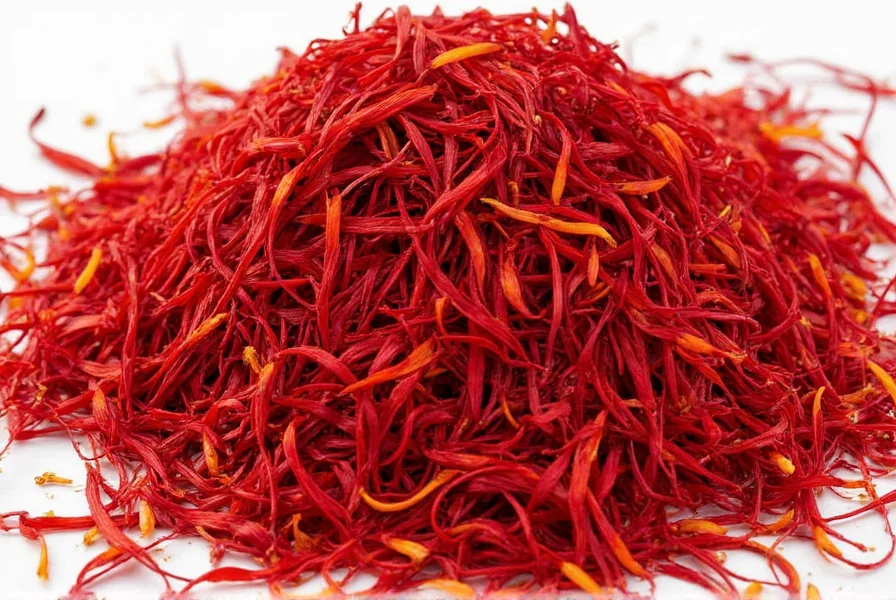
In this guide, we’ll dive deep into the world of saffron spice flavor, exploring its taste, history, uses, and how you can make the most of it in your kitchen. Whether you’re a curious home cook or a seasoned chef, this article will help you unlock the golden magic of saffron.
Origins and History of Saffron
Saffron has been cherished for thousands of years across various cultures — from ancient Persia to medieval Europe. It was once used as currency, medicine, dye, and even an aphrodisiac. Its historical roots stretch back over 3,500 years, with evidence found in Minoan-era frescoes on the island of Santorini.
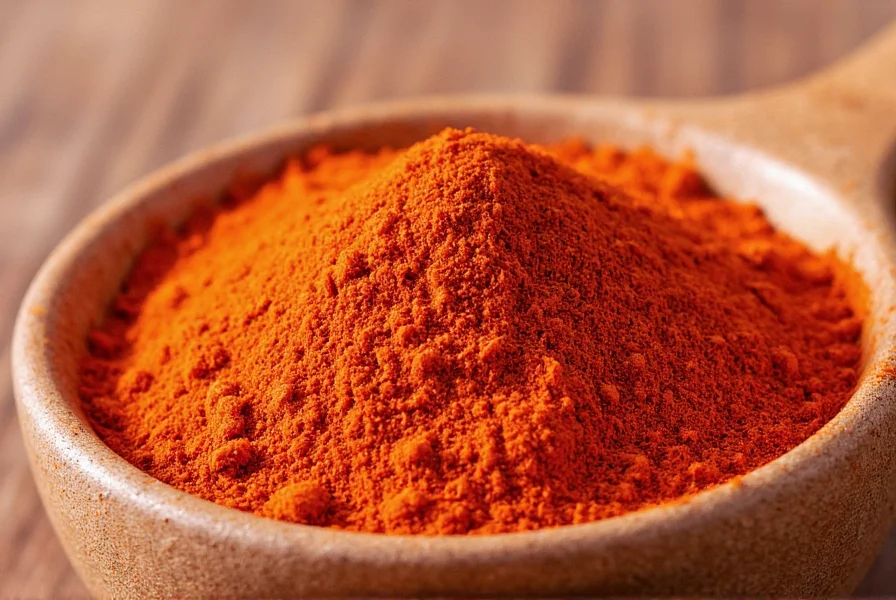
Today, Iran produces the majority of the world’s saffron, followed by Spain, India, and Greece. Each region contributes slightly different flavor nuances depending on soil, climate, and cultivation techniques.
What Does Saffron Taste Like?
Saffron’s flavor is elusive yet unmistakable. Imagine a blend of earthy, floral, slightly sweet, and savory notes all rolled into one. Some describe it as hay-like or metallic when raw, but once steeped or infused, it reveals its true character:
- Mildly bitter with honeyed undertones
- Floral and herbaceous notes reminiscent of fresh grass
- A subtle umami depth similar to sea salt
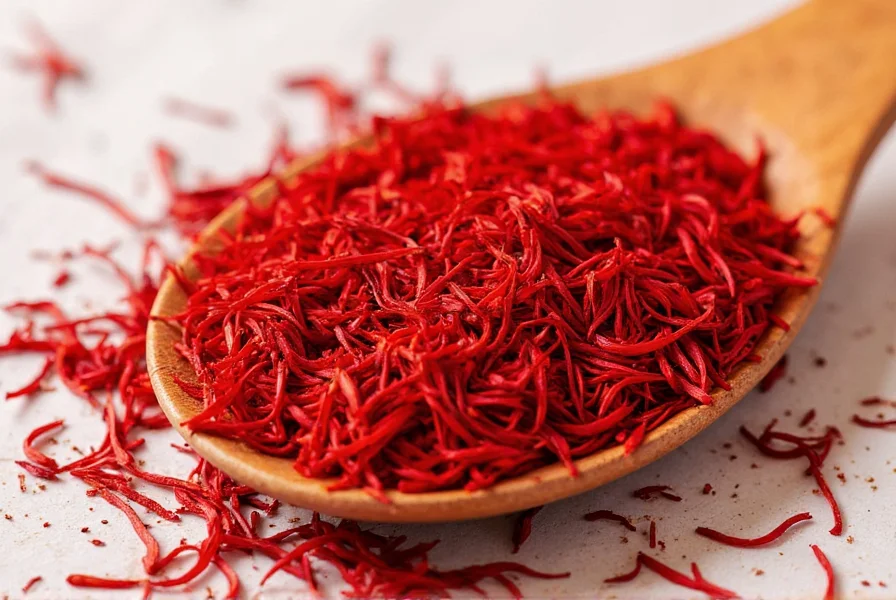
The key to unlocking saffron’s flavor is patience. When properly bloomed in warm liquid, it imparts a luxurious aroma and golden hue that transforms any dish.
Culinary Uses of Saffron Spice Flavor
From Spanish paella to Persian tahdig, saffron enhances both savory and sweet dishes with its distinctive flavor and color. Here are some classic ways to use saffron in your cooking:
| Dish | Region | Flavor Role |
|---|---|---|
| Paella | Spain | Provides warmth and complexity |
| Bouillabaisse | France | Enhances seafood broth depth |
| Risotto alla Milanese | Italy | Offers floral richness and color |
| Tahdig | Persia | Creates crispy, fragrant crust |
| Saffron Ice Cream | India & Middle East | Adds exotic sweetness and aroma |
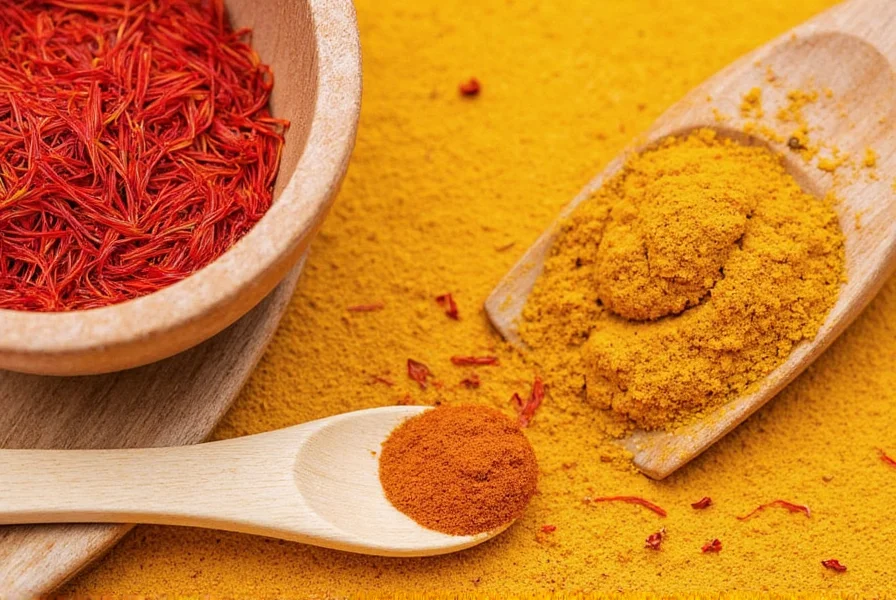
Use it sparingly — a little goes a long way. Always bloom the threads in warm liquid before adding them to a recipe for optimal flavor extraction.
Buying Guide: How to Choose the Best Saffron
With so many varieties and grades on the market, buying authentic saffron can be tricky. Here’s a breakdown of what to look for and why it matters:
Grades of Saffron
- Grade I (Superior): Long, dark red threads with no yellow base. High aroma and coloring power.
- Grade II: Shorter threads with some yellow parts. Still good quality but less intense.
- Grade III: Mostly broken pieces or powder. Often diluted or mixed with other materials.
Top Saffron Producing Regions
| Region | Flavor Profile | Price Range |
|---|---|---|
| Iran (Torbat-e Heydariyeh) | Fruity, rich, and robust | $$ - $$$ |
| Spain (La Mancha) | Mild, balanced, floral | $$$ |
| Kashmir (India) | Earthy, intense, slightly smoky | $$$$ |
| Greece (Krokos Kozanis) | Clean, crisp, aromatic | $$ - $$$ |
Features to Watch For
- Color: Deep crimson-red threads without excessive yellow.
- Smell: Should have a strong, sweet-hay aroma.
- Origin: Look for Protected Designation of Origin (PDO) labels.
- Packaging: Stored in air-tight containers away from light.
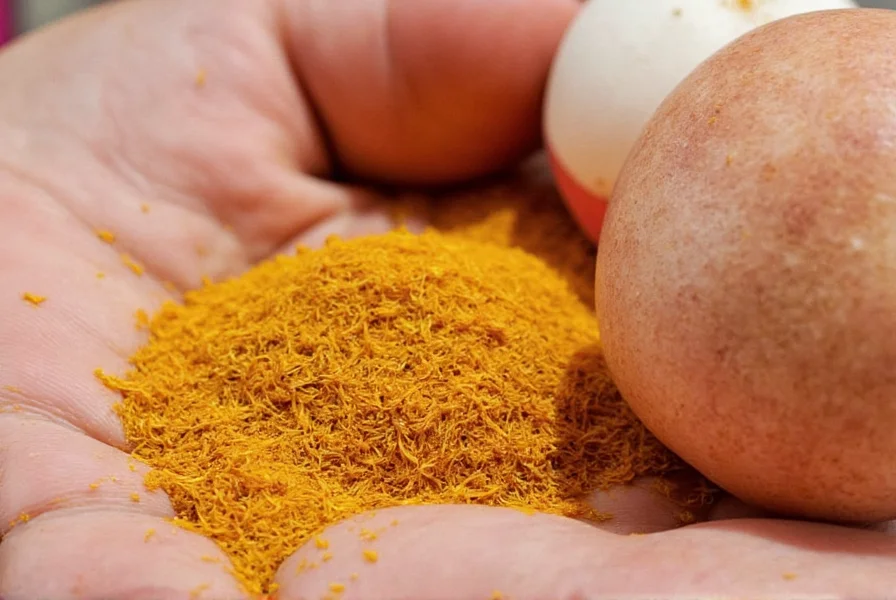
Tip: Avoid products labeled as “saffron powder” unless from a trusted source. Powder form is easier to fake with turmeric or marigold.
Storing Saffron for Maximum Flavor
Saffron is sensitive to heat, moisture, and light. Proper storage ensures that you preserve its volatile compounds and color strength.
- Store in an airtight container.
- Keep in a cool, dark place like a spice drawer.
- Never refrigerate — condensation can ruin the threads.
- Pro tip: Store with a few grains of rice to absorb excess humidity.
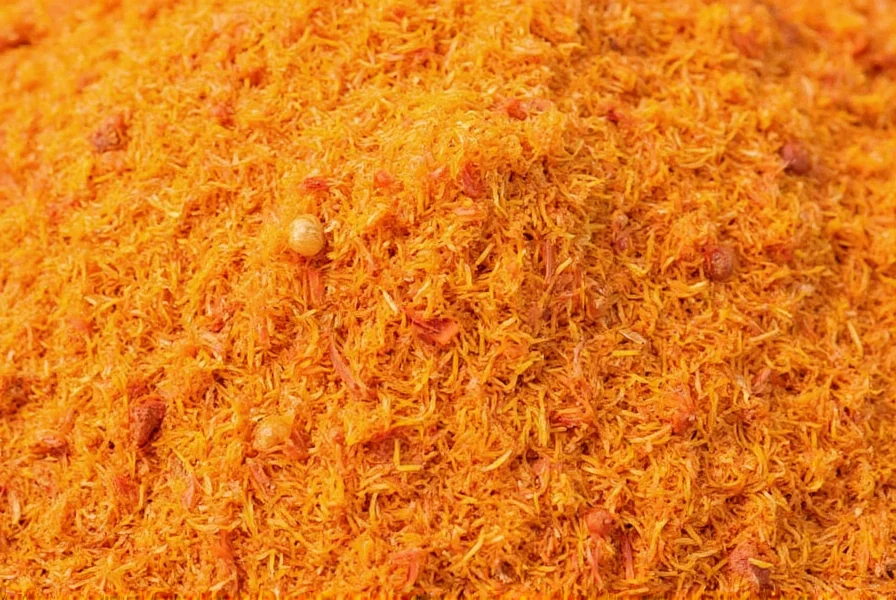
When stored correctly, saffron can last up to two years while maintaining most of its potency.
Top 10 Tips for Using Saffron in Cooking
- Use whole threads, not powder, for best results.
- Bloom saffron in warm liquid (water, broth, milk, or wine) for at least 20 minutes.
- Never add saffron directly to dry ingredients — you'll lose too much flavor.
- Pair with citrus, cream, shellfish, or butter-based sauces to enhance the flavor.
- Don’t overuse — 3–6 threads per serving is usually enough.
- Try making homemade saffron rice or infused broths.
- For desserts, steep in warm cream or milk first before adding to custards or ice creams.
- Experiment with cocktails — saffron adds a sophisticated note to gin-based drinks.
- Combine with cinnamon, cardamom, or orange zest for Middle Eastern flair.
- Make a small batch of saffron tea for a calming evening drink.
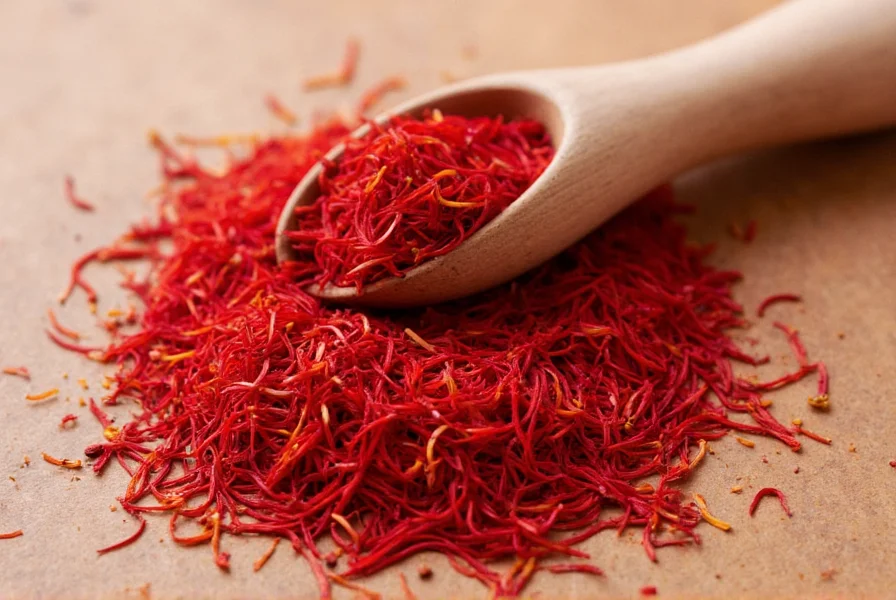
Frequently Asked Questions About Saffron
Is saffron worth the high price?
Yes — due to the labor-intensive harvesting process, saffron remains the world’s most expensive spice. A single gram can take hundreds of flowers and hours of hand-picking.
Can I substitute saffron with turmeric?
You can mimic the color with turmeric, but the flavor won't be the same. Turmeric lacks saffron’s floral depth and complexity.
How do I know if my saffron is real?
- Real saffron threads are brittle, deep red, and never bright orange.
- They should bleed a golden-yellow color when soaked in warm water.
- Fake saffron may release color immediately or smell artificial.
What does saffron do to food?
It enhances flavor with a subtle bitterness and sweetness, intensifies color, and creates an aromatic experience unlike any other spice.
Conclusion: Unlocking the Magic of Saffron Spice Flavor
Saffron is more than just a spice — it’s an experience. From its storied past to its delicate flavor and stunning visual impact, saffron elevates any dish it graces. Whether you're simmering a creamy risotto or crafting a fragrant dessert, saffron adds a touch of luxury that’s hard to replicate.
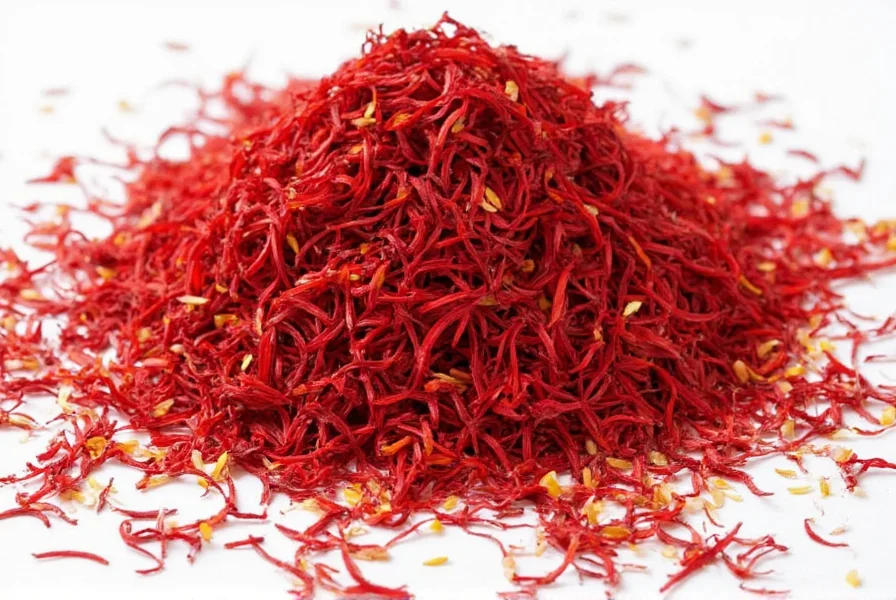
Now that you’re equipped with everything you need to know about saffron spice flavor, go ahead and let your inner gourmet shine. Just remember: a pinch of saffron goes a long way — and tastes like pure gold.

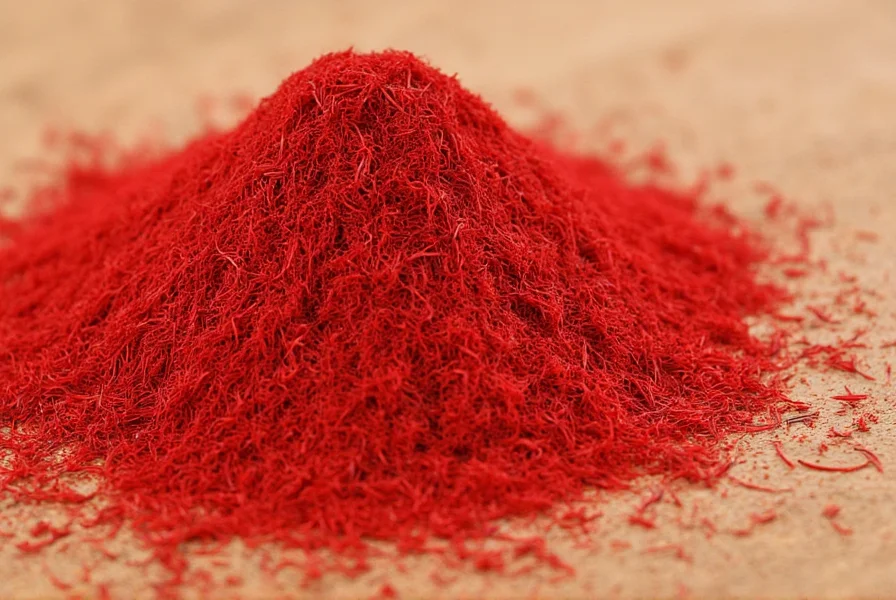









 浙公网安备
33010002000092号
浙公网安备
33010002000092号 浙B2-20120091-4
浙B2-20120091-4